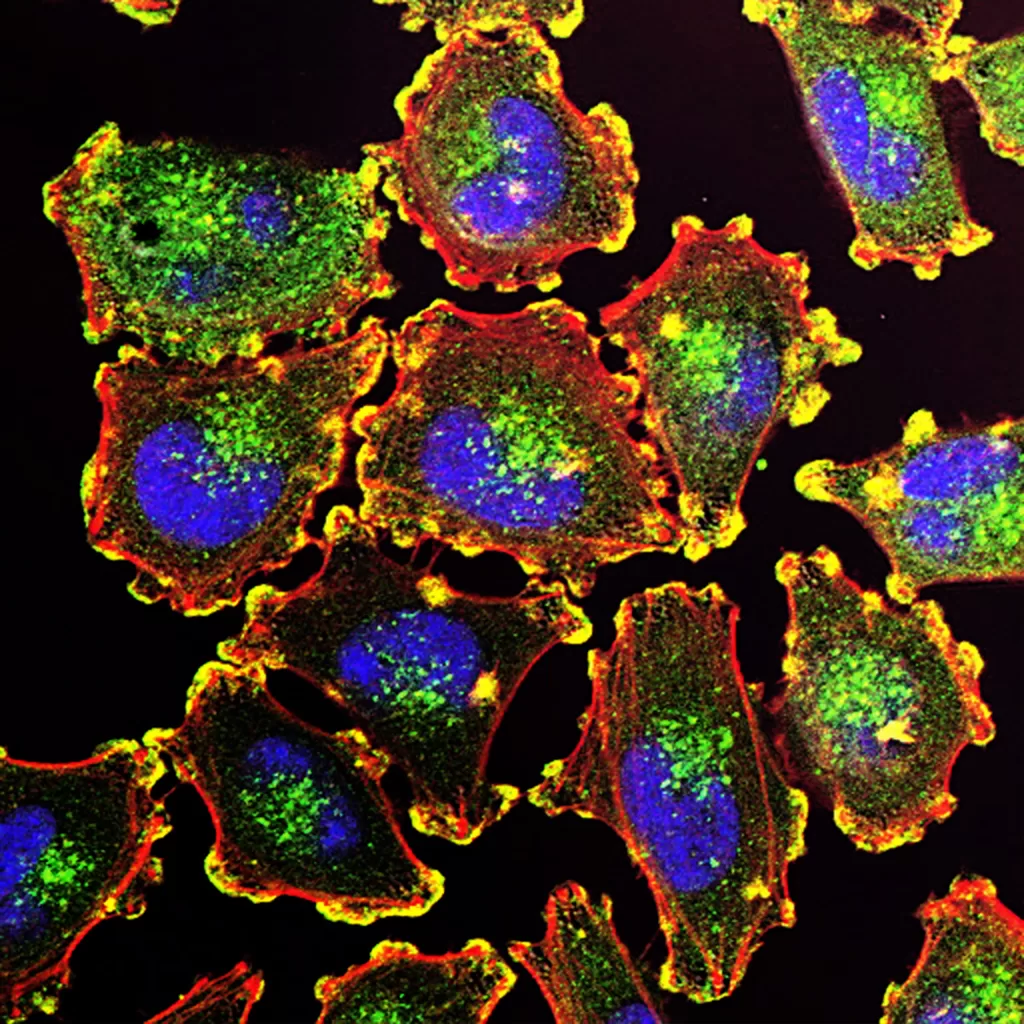Inflammation is the body’s natural defense mechanism in response to injury, infection, or irritation. It plays a crucial role in the healing process by helping eliminate damaged cells, pathogens, irritants and initiating tissue repair. There are five classic signs: redness, heat, swelling, pain, and loss of function. These are mainly due to increased blood flow to the injured area and the accumulation of white blood cells, fluid, and cellular debris.
General description of inflammation
Inflammation is generally beneficial in the short term. It helps prevent the spread of infectious agents, eliminates cellular debris, and prepares the ground for healing and repair.
However, when it is chronic, it can become problematic. This happens when the body’s response is excessive or fails to stop, sometimes even attacking its tissues. Chronic inflammation is linked to various diseases, such as rheumatoid arthritis, asthma, and heart disease. That’s why understanding and adequately managing inflammation is essential to good health.
Chronic inflammation, when the inflammatory response persists over a prolonged period, can have several harmful effects on the body. Unlike acute inflammation, a natural and beneficial response to injury or infection, chronic inflammation can contribute to various diseases and conditions.
What is the process?
The path for chronic inflammation
Under normal circumstances, acute inflammation functions as a sentinel, mobilizing a cascade of biochemical events to fight foreign pathogens and repair damaged tissues. However, when this inflammatory cascade fails to resolve, it heralds the onset of chronic inflammation. The scientific literature highlights several harmful mechanisms. Firstly, the uninterrupted secretion of signaling molecules, namely cytokines and chemokines, paves the way for an overzealous immune response in which the tissues and cells we want to protect are unintentionally damaged.
Its consequences on the body
In addition, the overproduction of free radicals during chronic inflammation upsets the delicate balance of oxidative stress, resulting in oxidative damage to cellular components such as DNA, proteins, and lipids. As a result, this oxidative damage is implicated in the pathogenesis of many chronic conditions, such as cancer, cardiovascular disease, and neurodegenerative disorders. In addition, chronic inflammation has a profound impact on systemic metabolic homeostasis. For example, under siege from chronic inflammation, adipose tissue becomes a source of inflammatory mediators that contribute to insulin resistance and, ultimately, type 2 diabetes.
In short, chronic inflammation, through the persistent release of cytokines, oxidative stress, and metabolic disruption, is a central pathway by which a plethora of chronic diseases can take root and flourish. It is, therefore, vital to recognize and mitigate this insidious process through lifestyle changes and, where necessary, medical intervention.
What conclusion can we make to cure chronic inflammation?
Given these potential negative consequences, managing and treating chronic inflammation is crucial. This can involve lifestyle changes such as adopting an anti-inflammatory diet, regular physical activity, and sometimes anti-inflammation medicine.
Anti-inflammatories are a class of drugs used to reduce inflammation in the body. Anti-inflammatory drugs work by inhibiting the chemicals and pathways that cause inflammation and are the most reliable solution. There are two main types: non-steroidal anti-inflammatory drugs (NSAIDs), which are commonly used to relieve pain and include drugs such as ibuprofen and aspirin, and corticosteroids, which are powerful anti-inflammatory drugs often used for conditions such as arthritis or asthma.
You can find some of our anti-inflammatory products here






